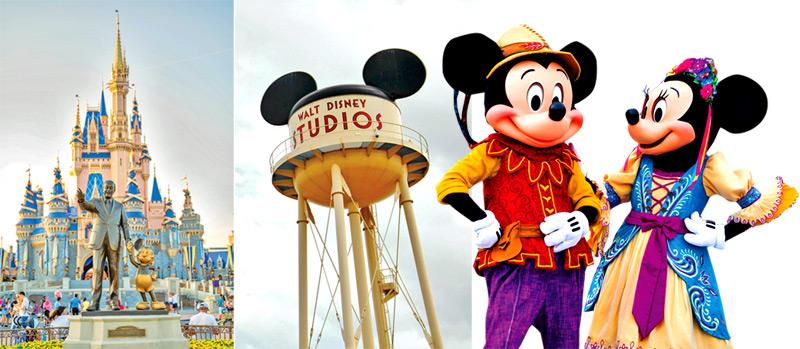
The Walt Disney Company, or simply Disney, is one of, if not the largest media conglomerate in the world.
Since its founding in 1923 by the brothers Walt and Roy Disney, the Walt Disney Company has become one of the most beloved and ubiquitous names of all time, though it has also warranted its fair share of criticisms and controversies.
 But as one of the pioneers of Western animation, the company has had a profound impact on popular culture, shaping the way people think about entertainment, animation, and storytelling. Nowadays, as a company, Disney is almost too big to fail, but this was not always the case.
But as one of the pioneers of Western animation, the company has had a profound impact on popular culture, shaping the way people think about entertainment, animation, and storytelling. Nowadays, as a company, Disney is almost too big to fail, but this was not always the case.
The history of Disney can be traced back to the early 1920s, when Walt and his brother founded the Disney Brothers Studio, making shorts for Universal Studios. Walt’s first big success, Oswald the Lucky Rabbit, which was made in response to Felix the Cat, the most prominent figure in animation at the time.
Mickey Mouse
But Universal hired away most of Disney’s animators and stripped Walt of the rights to Oswald, prompting him to leave the company. This led to the creation of Mickey Mouse, a legally distinct substitute to Oswald the Lucky Rabbit, who made his debut in the short film “Steamboat Willie” in 1928.
Mickey Mouse became an immediate animation sensation, turning into a multimedia star featured in merchandise and comic strips.
In 1937, the company released “Snow White and the Seven Dwarfs,” despite many contemporaries, including Disney co-founder and Walt’s brother Roy, considering it doomed to fail. It is considered the first feature-length animated film, and was the highest grossing film of its time, winning eight honorary Oscars at the academy awards.
The film used many revolutionary animation techniques, acting out scenes in live action and animating over it. Disney studios even invented the Multiplane Camera in order to add depth to the backgrounds. The film’s success marked the beginning of Disney’s dominance in the animation industry.
Success not consistent
Over the next few decades, Disney continued to produce animated films that became cultural touchstones. But its success was not always consistent.
The first big misstep came about in the 40s, when a large contingent of Disney’s top animators went on strike for unionization and higher wages, citing poor company practices, such as withholding employee benefits, inconsistent wages for animators, long undocumented work hours, stolen credit, etc.
Walt Disney was convinced that they were communists, took the strike as a personal betrayal and responded poorly, firing them and mocking them in the animated movie they worked on at the time, ‘Dumbo’. He was eventually forced to agree to unionization.
Following World War II, the studio seemed to be struggling to stay afloat until the success of Cinderella in 1950, Disney’s first animated feature film in eight years.
The years following the success of Cinderella were the busiest the studios have been, releasing several successful works per year, and expanding to many other ventures outside of animation.
Disneyland
The first Disneyland Park opened in Anaheim, California in 1955, the only Disney park that Walt Disney himself was involved in creating.
Around that time, it was clear that Walt Disney had lost interest in animation. The animation studios of the Disney Company were downsized, and the man was more involved in large community projects in order to cement his legacy but would pass away in 1966 from lung cancer. Since Walt’s death, the Disney Company struggled to find direction, failing to keep up with the New Hollywood era of the 70s.
However, by the time the 80s rolled around, Michael Eisner, Jeffrey Katzenberg and Frank Wells were put in charge of the company, which revitalized the Disney animation studio, jumpstarting what was later recognized as a Disney Renaissance era with The Little Mermaid in 1989.
But this would not last long, as the trinity of leadership would collapse when Frank Wells died, and conflict with the remaining two led Jeffrey Katzenberg to leave Disney to start a rival company, Dreamworks.
Other animation studios were also starting to break Disney’s dominance over animation, especially Pixar. Eisner was eventually ousted in favour of Bob Iger, whose era of control over Disney is defined by immensely profitable corporate acquisitions more than anything, an image that reflects Disney to this day.
Though Disney would still make iconic animated movies, it is clear now that its brand has grown far past it, instead now being a completely unopposed global multimedia empire that has its hands on most if not all the entertainment that you consume.
